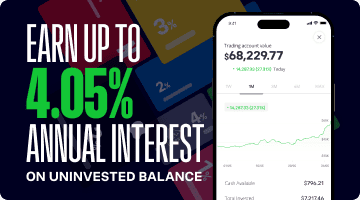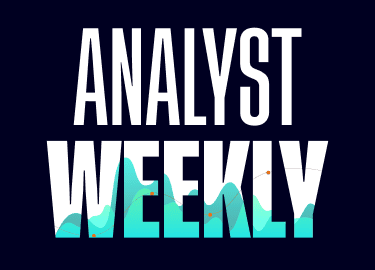Analyst Weekly, August 25, 2025
Rate Cut Now in Play
Fed Chair Jerome Powell used his Jackson Hole speech to signal a shift: a rate cut is back on the table, possibly as soon as the September FOMC meeting. The tone was less about inflation, more about growing risks to jobs. Powell flagged that unemployment could rise “quickly,” making labor market deterioration a top concern.
That risk-management framing mattered. Powell said “the balance of risks is shifting,” signaling the Fed’s focus is moving from fighting inflation to managing downside risks. Markets got the message: after a five-day losing streak, the S&P 500 surged on renewed rate cut hopes.
On inflation, Powell acknowledged that tariffs are now clearly pushing up prices but called it a “one-time” level shift—transitory, in Fed-speak. Inflation pressures are still brewing under the surface (e.g., producer prices), but unless long-term expectations, like 5yr5yr forwards, move higher, the Fed is likely to look through it.
If inflation expectations stay anchored, the Fed has cover to ease. Now it’s Nvidia’s turn. If AI demand holds up, tech could give this rate-cut rally another leg higher.
Nvidia Earnings Preview: Narrative Control Is the Real Test
Nvidia reports earnings on August 27 against a backdrop of elevated expectations and renewed market momentum following dovish Fed commentary. While consensus forecasts second-quarter revenue at just over $46B and EPS at $1.01, up 54% and 48% year-over-year, respectively, recent intra-quarter data suggests a top-line closer to $47-$48B, with gross margins exceeding 72%. Yet the key test will be guidance and whether Nvidia can credibly meet the market’s $54B hopes for the next quarter.
China remains a material risk. Reports of production halts for the H20 chip, following Beijing’s pushback on US-approved exports, complicate the narrative. Any progress, or lack thereof, on this front could sway sentiment. Meanwhile, Blackwell GPU shipments are ramping faster than expected, underpinned by robust hyperscale investment and early adoption among enterprise and sovereign buyers.
That broadening demand base is critical. Nvidia’s long-term edge depends not just on cloud leadership but on full-stack AI integration, spanning networking, software, and packaging. Falling component costs and better yields support margin durability even as capex scales.
With Nvidia now the largest weight in the S&P 500, its results carry market-wide implications. Options markets are pricing in a 6% move in either direction. Its valuation leaves little room for disappointment. The bigger question is whether Nvidia can reaffirm its roadmap, led by Blackwell and Rubin, as central to the next leg of AI infrastructure. If it does, the investment case remains intact. If not, the market’s concentration risk comes sharply into focus.
AI’s Data Centre Gold Rush
Meta’s Prometheus and Hyperion, Musk’s Colossus, and OpenAI’s Stargate are grabbing headlines as $100B+ AI supercomputer projects. But the real capital burn isn’t the flashy machines, it’s the data centres to house them, in what’s shaping up to be one of the largest capital deployments in modern history.
The Spending Spree
- Big Tech is on pace to spend $350B this year and $400B+ in 2026 just on data centres. By 2029, Morgan Stanley estimates the world will pour nearly $3T into AI infrastructure. Here’s the kicker: hyperscalers (AMZN, MSFT, GOOG, META) can only self-fund about half. That leaves a $1.5T gap for private equity, sovereign funds, and debt markets to fill.
- Debt financing has already doubled this year to $60B, with firms like Apollo, KKR, and Blackstone racing to underwrite mega-projects.
New Models, Old Risks
- Meta tapped $29B (mostly debt) for new sites in Ohio and Louisiana.
- Oracle is leasing a $15B Texas centre built by Crusoe and Blue Owl, then reselling capacity to OpenAI for $30B/year.
- CoreWeave, once a crypto miner, is now a $65B AI data centre player, financed with $10B in GPU-backed loans.
The Risks
- Overcapacity: Demand forecasts assume “AI everywhere.” If adoption slows, stranded assets loom.
- Obsolescence: Nvidia’s rapid chip cycles and new cooling tech could make today’s multi-billion-dollar centres outdated fast.
- Speculation: Some projects lack anchor tenants, echoing the 1990s telecom fibre bubble.
Investor Takeaway: AI data centres are becoming a $3T asset class — part real estate, part tech, part utilities. Hyperscalers with strong balance sheets can absorb risks. Overleveraged developers and speculative financiers? Not so much. The winners will be those securing long-term leases with investment-grade tenants and reliable power access.
World Container Index continues to fall – Margin pressure on shipping lines increases
The Drewry World Container Index fell by 4% last week to $2,250 per 40-foot container, confirming its downward trend (see chart). The index reflects freight rates for container transport. A year ago, the value was still above $5,300.
For shipping companies such as Maersk, COSCO Shipping, or Hapag-Lloyd, this means ongoing margin pressure. Revenue per container is declining, while costs for fuel, personnel, and port charges remain high. This was also reflected in Hapag-Lloyd’s recent half-year results. Although group revenue rose by 10%, net profit fell by 3.1%.
Container shipping companies are also highly dependent on economic conditions and trade policy. New tariffs increase the cost of exports and could weigh on trade volumes and bookings. Logistically, new challenges are also emerging. Rerouted shipments drive up costs and uncertainty, while the number of empty sailings could rise. For customers, planning security decreases, and long-term contracts may be concluded less frequently. This makes investments such as fleet expansion or port modernization more difficult.
Depending on the trade route and market position, shipping companies are affected to varying degrees. A sustainable improvement would mainly depend on more stable trade policy conditions. Investors can use the WCI as an additional indicator in this tariff-driven market phase.
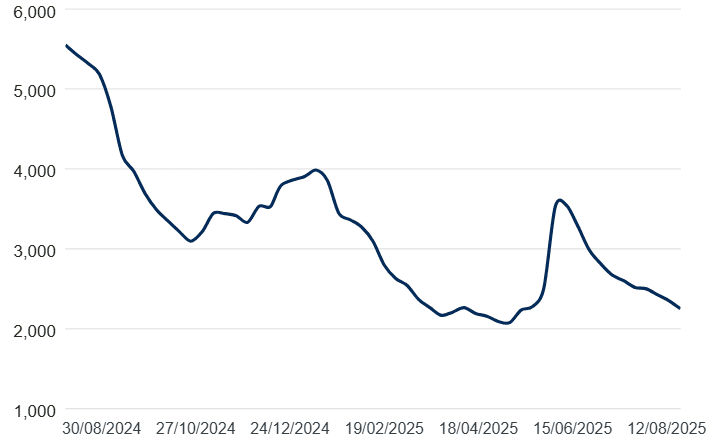
World Container Index, 1-year development. Source: Drewry
Hapag-Lloyd: Long-term sideways range
The Hapag-Lloyd share has been moving in a broad sideways range for almost two years. The lower boundary of this zone lies between €102 and €113, while the upper boundary is between e177 and €190. Within this range, resistance has also formed, as the price has repeatedly marked lower highs around €170.
Currently, the share price is once again approaching the lower boundary of this consolidation zone. A break to the downside could trigger further downward momentum, which is why technical caution is warranted. A first positive step, on the other hand, would be a move above the short-term interim high at €135.50, which would provide an initial technical recovery signal.
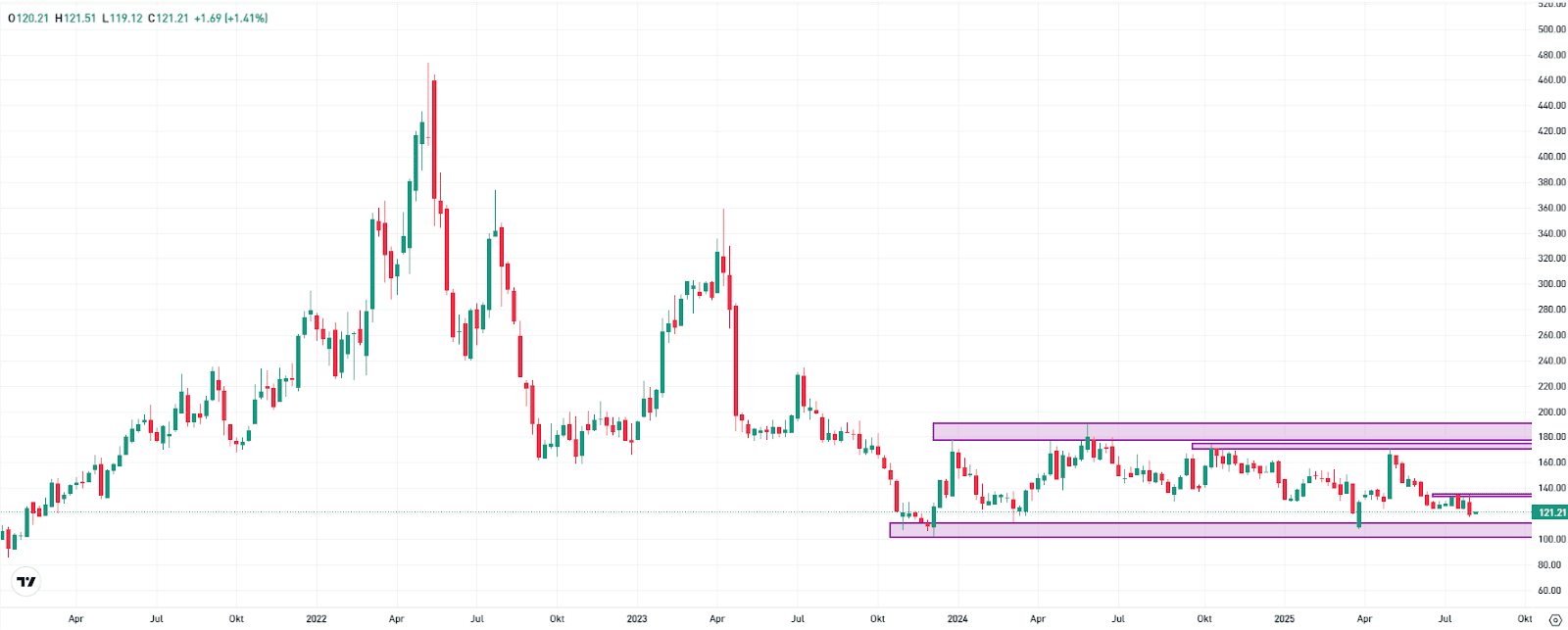
Hapag-Lloyd in the weekly chart. Source: eToro
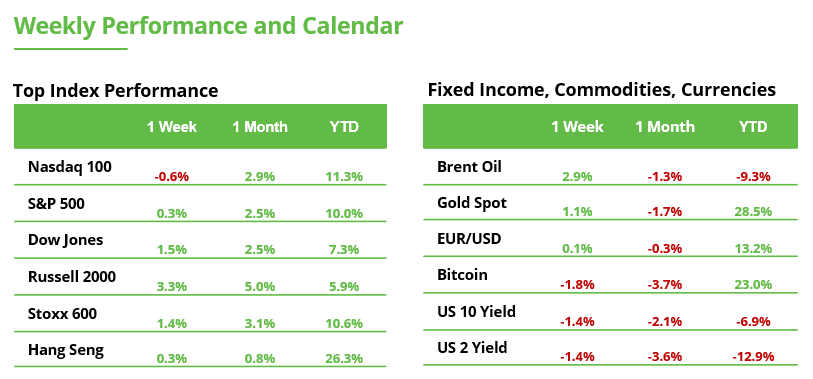
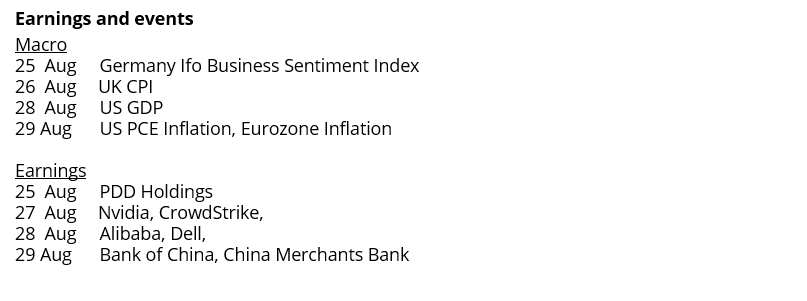
This communication is for information and education purposes only and should not be taken as investment advice, a personal recommendation, or an offer of, or solicitation to buy or sell, any financial instruments. This material has been prepared without taking into account any particular recipient’s investment objectives or financial situation and has not been prepared in accordance with the legal and regulatory requirements to promote independent research. Any references to past or future performance of a financial instrument, index or a packaged investment product are not, and should not be taken as, a reliable indicator of future results. eToro makes no representation and assumes no liability as to the accuracy or completeness of the content of this publication.

